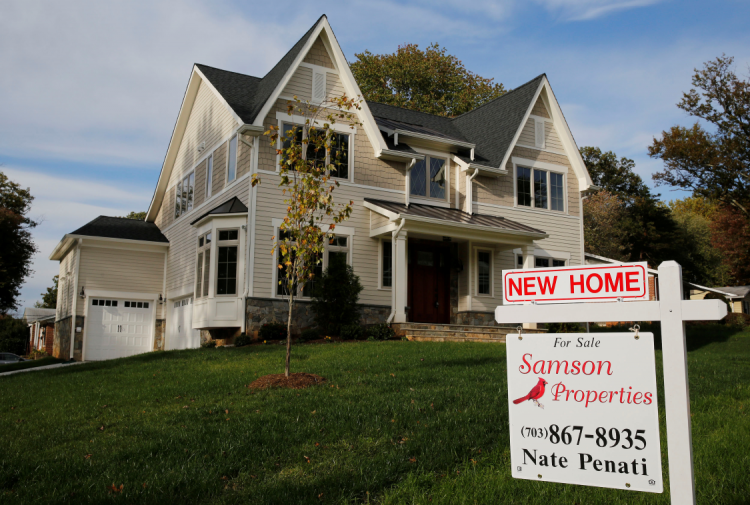Pending home sales in the U.S. dropped 4.6% in January, reaching the lowest level since the National Association of Realtors (NAR) began tracking the metric in 2001. The sharp decline highlights the impact of persistently high mortgage rates and elevated home prices, which have kept many potential buyers out of the market.
The NAR's Pending Home Sales Index fell to 70.6, marking a 5.2% decline compared with January 2024. The South saw the most significant drop, with activity falling 9.2% from the previous month, while the Northeast was the only region to record an increase, rising 0.3%.
"It is unclear if the coldest January in 25 years contributed to fewer buyers in the market, and if so, expect greater sales activity in upcoming months," said Lawrence Yun, NAR's chief economist. "However, it's evident that elevated home prices and higher mortgage rates strained affordability."
Mortgage rates, which hovered between 6.9% and 7% throughout January, added financial pressure on prospective buyers. At these rates, the monthly mortgage payment for a $300,000 home was approximately $1,590-around $50 more than a year earlier. The 30-year fixed mortgage rate, which had dipped below 7% in December, climbed back above that threshold in early January and remained elevated throughout the month.
Home prices have eased in some areas, with more sellers cutting prices, but overall, they remain higher than they were a year ago. The inventory of available homes, including those under contract but not yet sold, increased by 17% year over year, marking the 14th consecutive month of annual inventory growth, according to Realtor.com.
"More for-sale inventory has the potential to generate more contract signings, but climbing home supply is not evenly distributed across the U.S.," said Hannah Jones, an economist with Realtor.com. "Moreover, many areas with high demand see relatively low for-sale inventory, which limits progress towards more home sales."
The decline in pending sales signals further weakness in the housing market, as pending sales are considered an early indicator of future closings. Typically, homes go under contract one to two months before finalizing a sale.
Seasonal factors, such as cold weather and reluctance to move mid-school year, also contributed to the sluggish housing market. However, given that the biggest drop occurred in the South-where winter weather has less of an impact-analysts suggest that affordability remains the primary obstacle.






